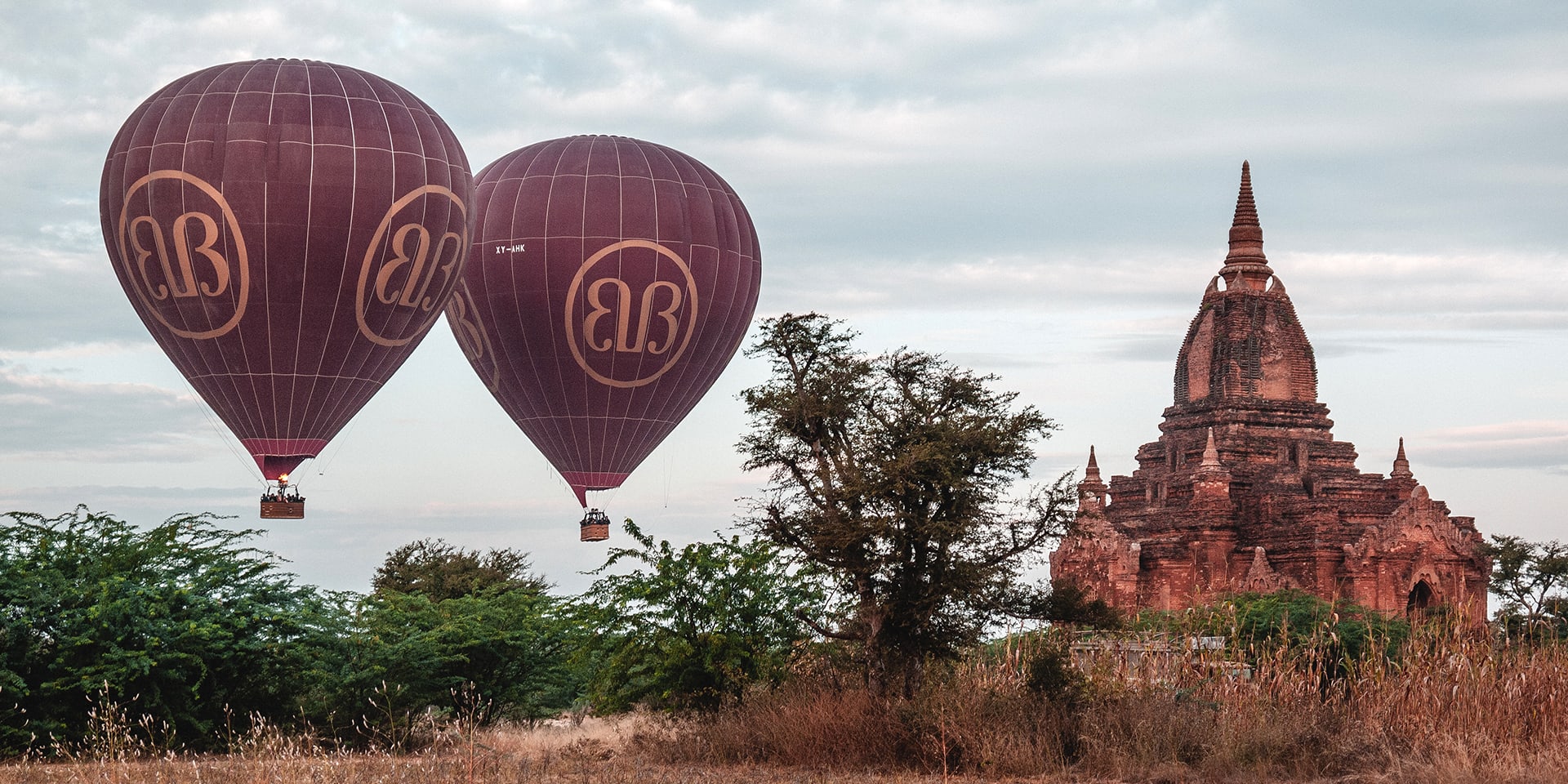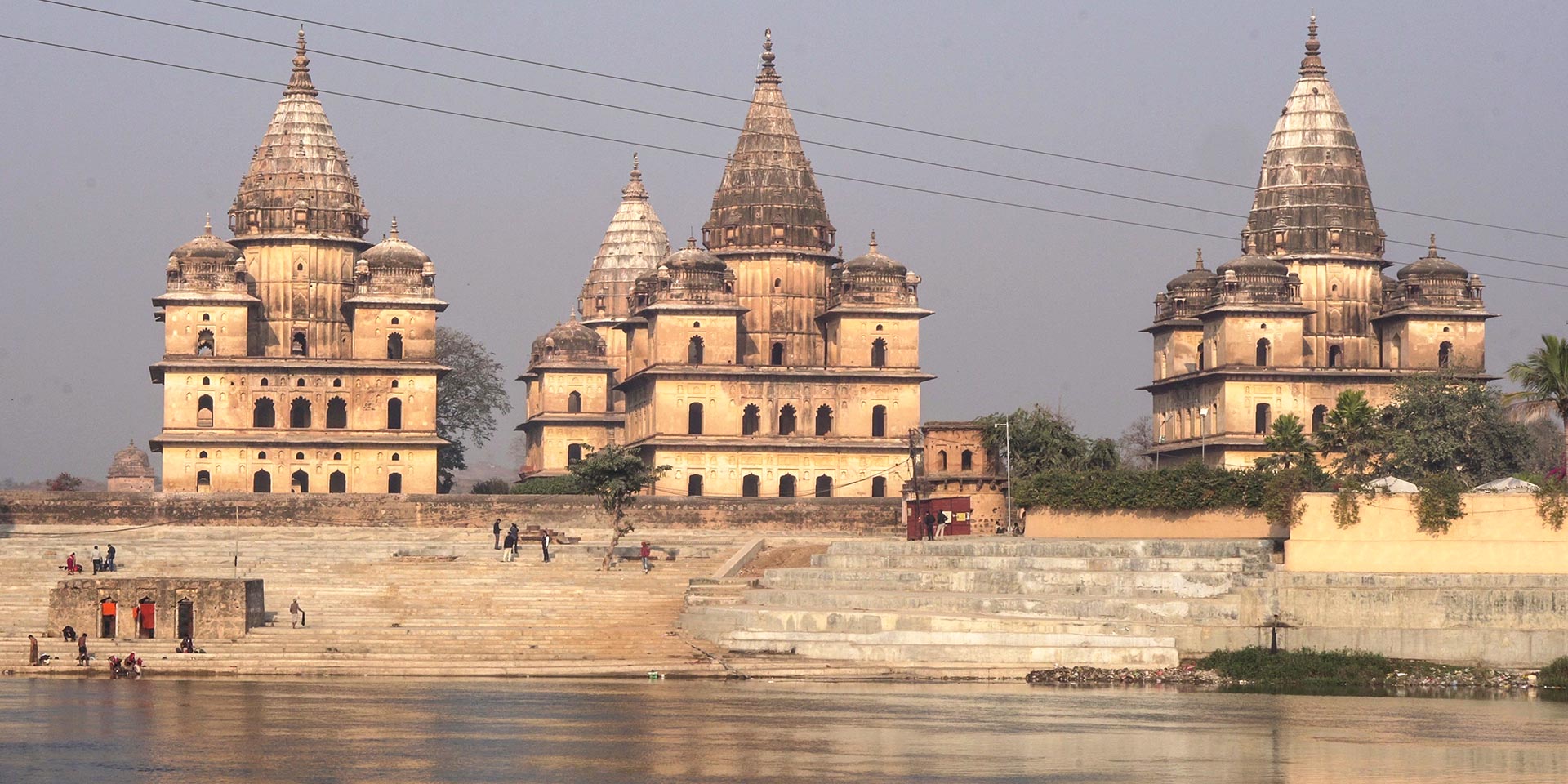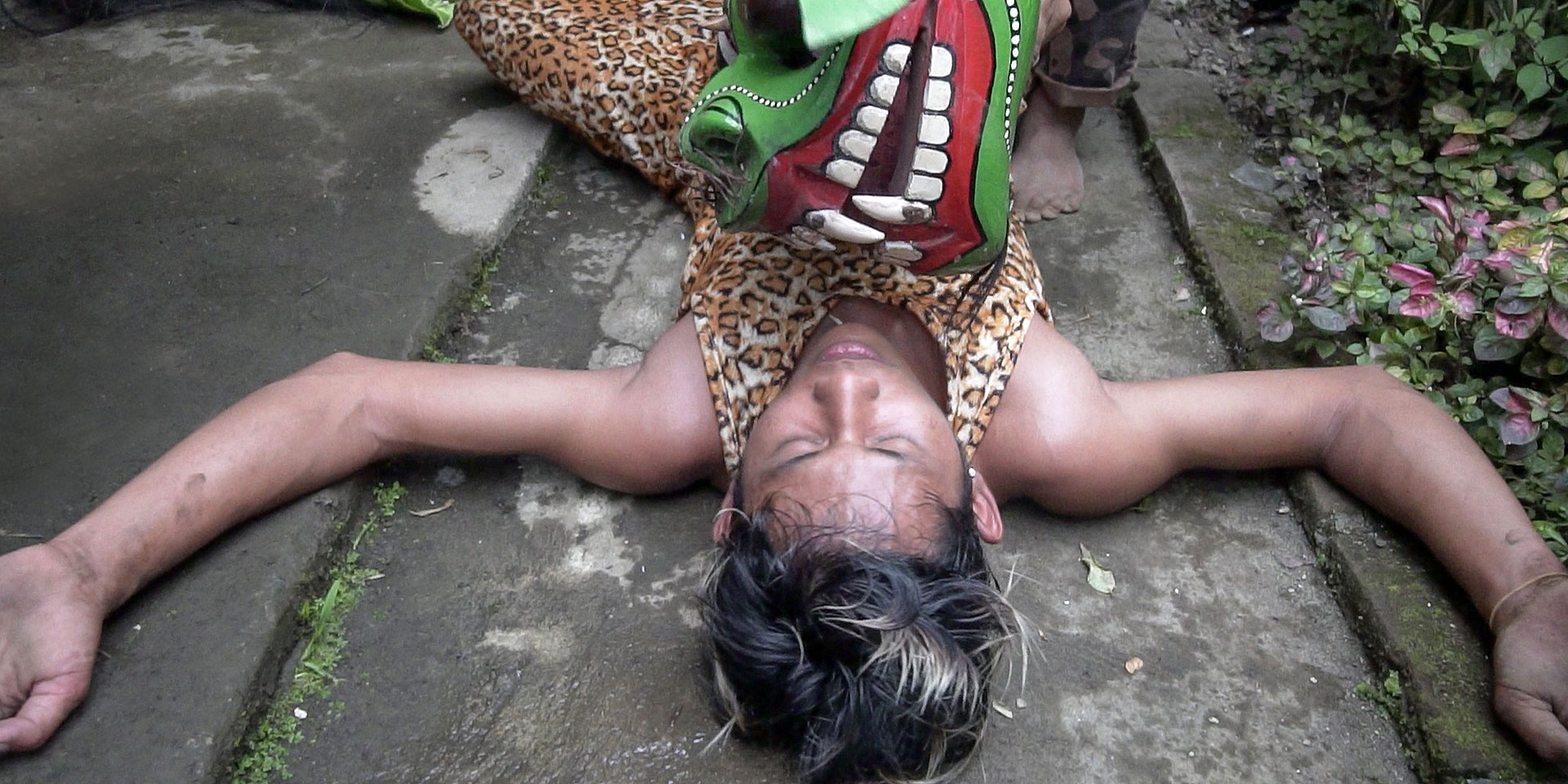
West Java calls it Kuda Lumping. In Central Java it’s Jatilan. To East Java it’s Jaranan. In this part of East Java, just off of Ijen – a volcano spewing blue fire and sulfur – the Jaranan is an intense ritual of spiritual passion and trance-induced savagery. To film this practice with such intimate access is a truly unique opportunity.
Returning only a short time from the otherworldly sights of Ijen, there was yet another planet waiting at a little village near the Ijen Resort and Villas.
“The practitioner still has to do rituals and meditation every Malam Jum’at Legi,” Sarwo Edi says. “They have to put offerings – seven colored flowers, cups of sweet and bitter coffee, small traditional market cakes – next to […] where they usually […] perform.”
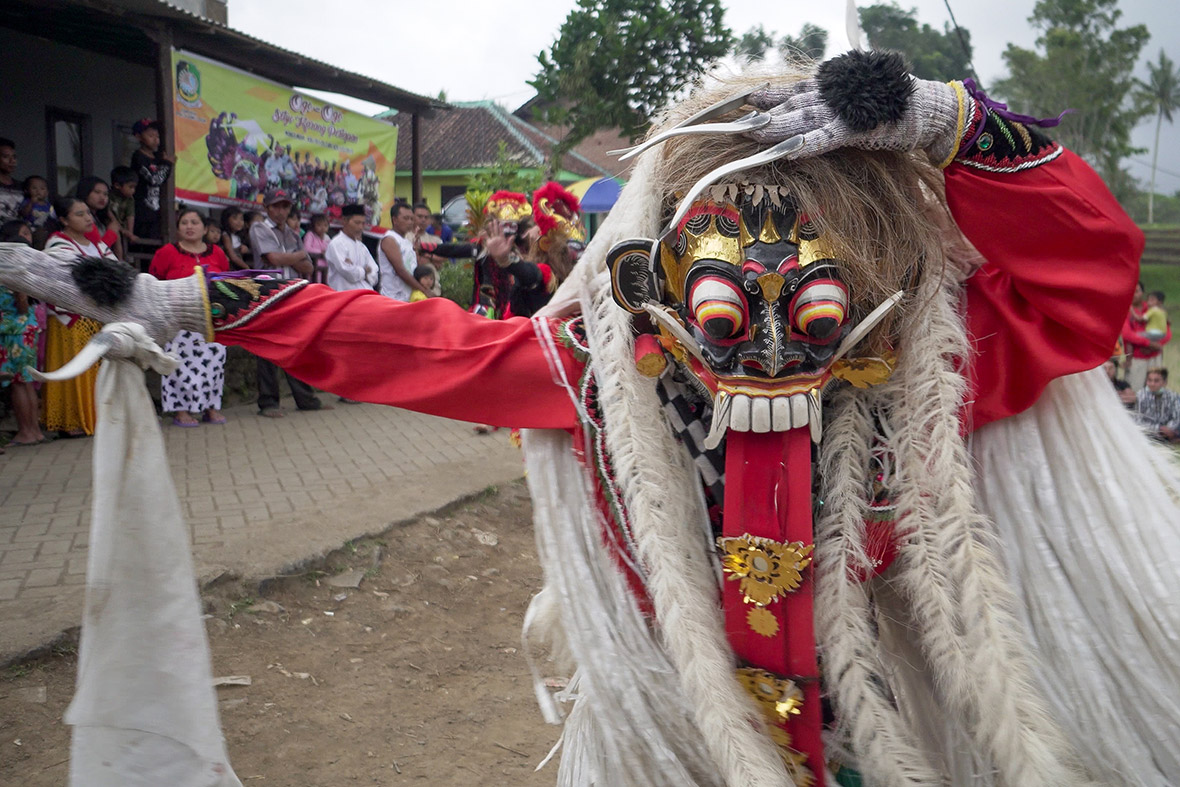
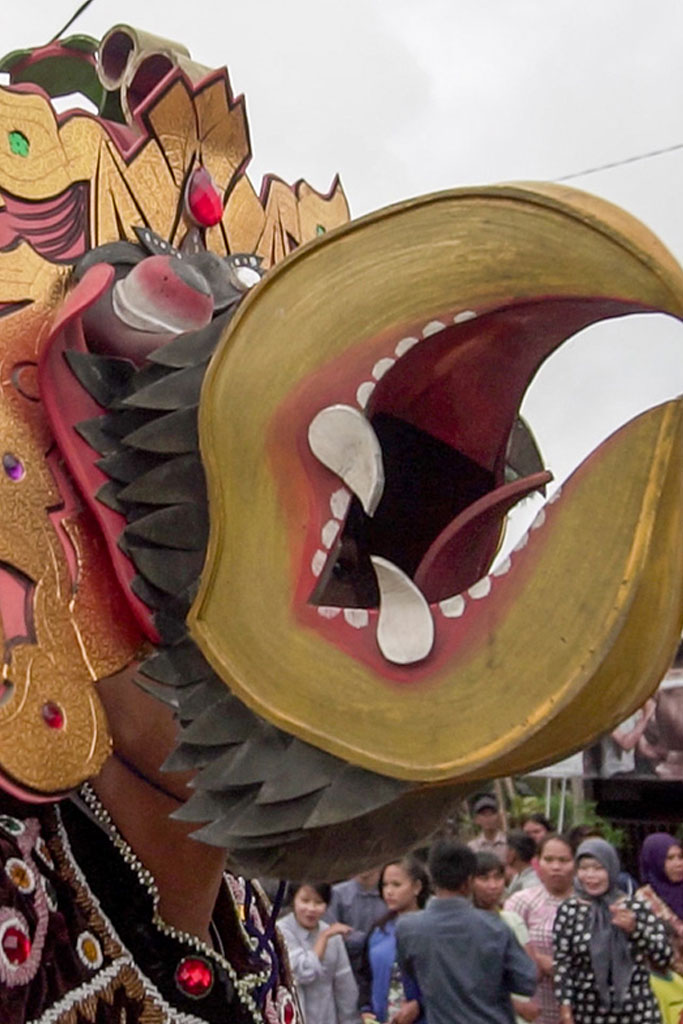

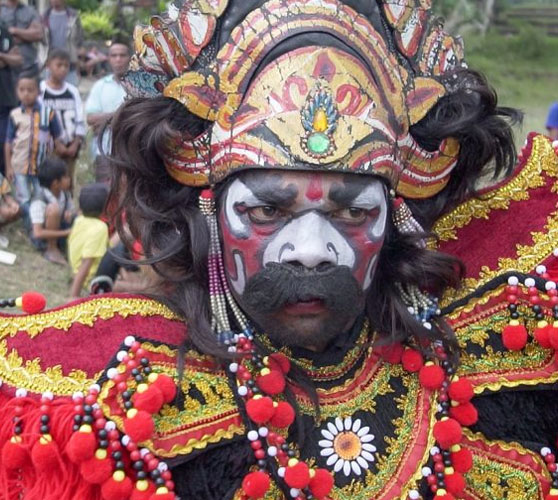

There is little choreography. In the Jaranan trance dance, the spirit leads the dancer. This “horse dance” as it is often known allows the participants to take on animal traits. During the dance the “horses” will allow themselves to be whipped – the loud, cinematic cracks of the whip ringing out over the crowd. After the whipping, the horses go on about their dancing.
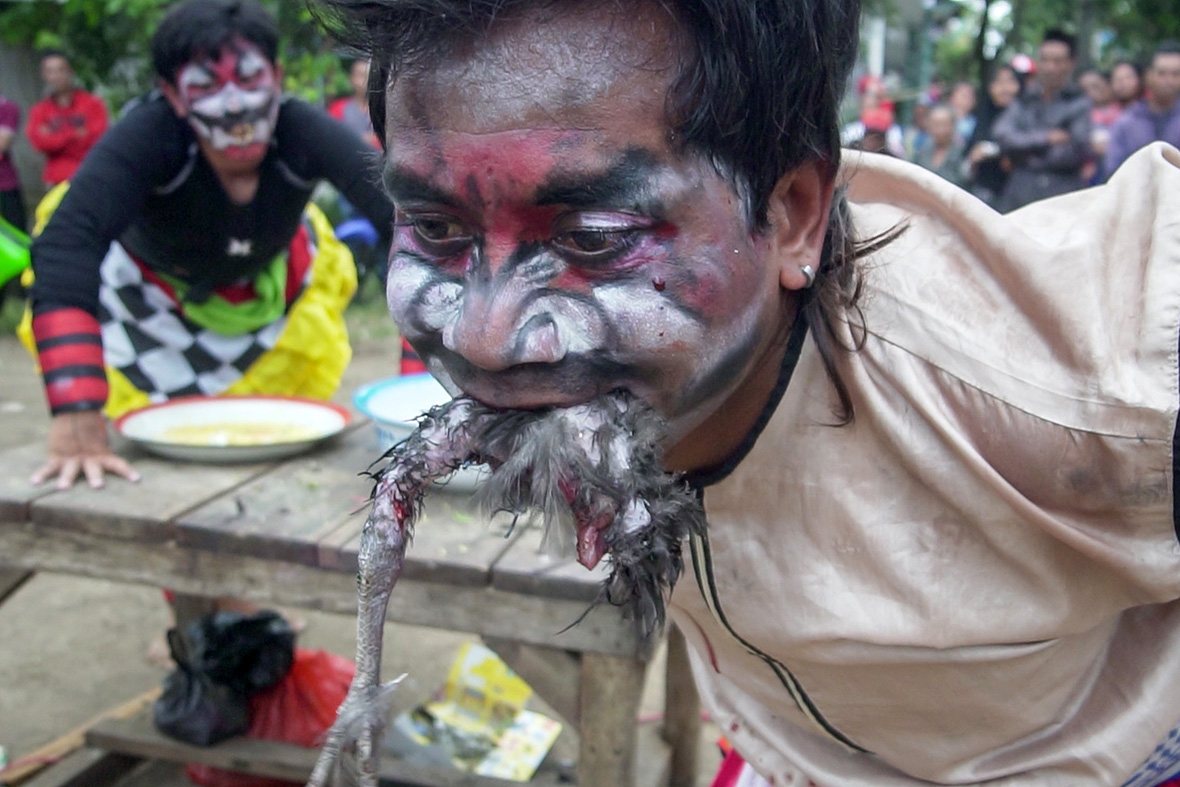
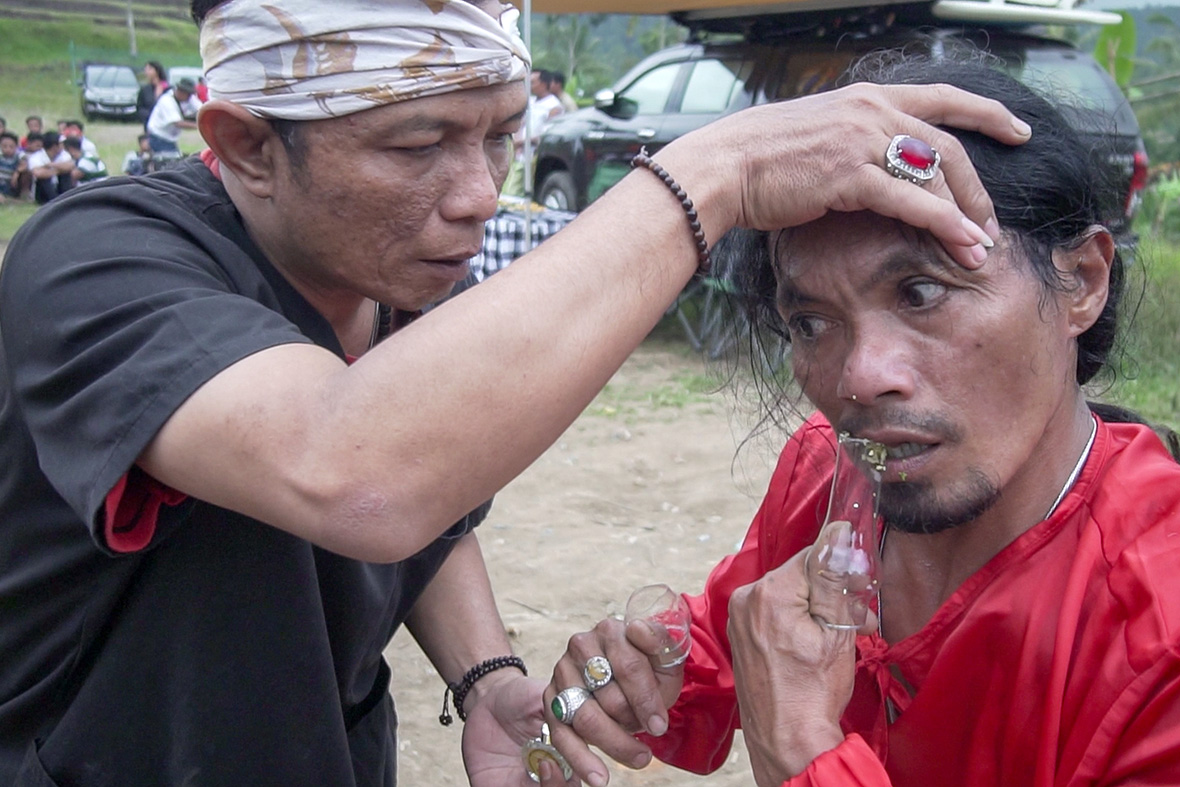
The attitude of the crowd was reverent but careful. In the circle with the dancers, the feeling was hectic – as if anything might happen. A wild-eyed man with raw chicken hanging from his mouth possessed by an otherworldly spirit is not an easy man to predict. They weren’t acting as if they were aware of me, but there was also no sense of danger.
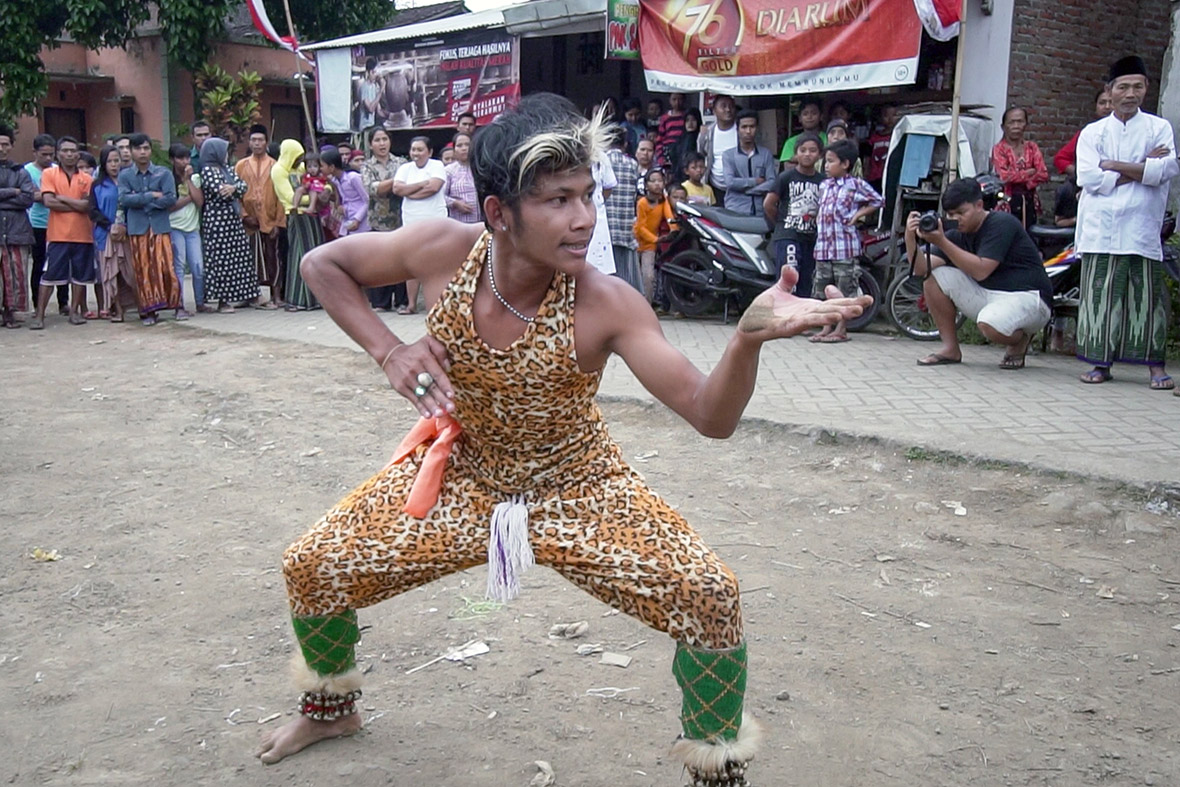
During one of the more intense moments of the trance dance, a man was being led into an alley with a green mask on the edge of the crowd. Crawling along the ground on all fours, he suddenly lashes out at the spectators, attacking them and causing a small fight. The possessed dancer takes a kick to the head but appears not to break from the trance.
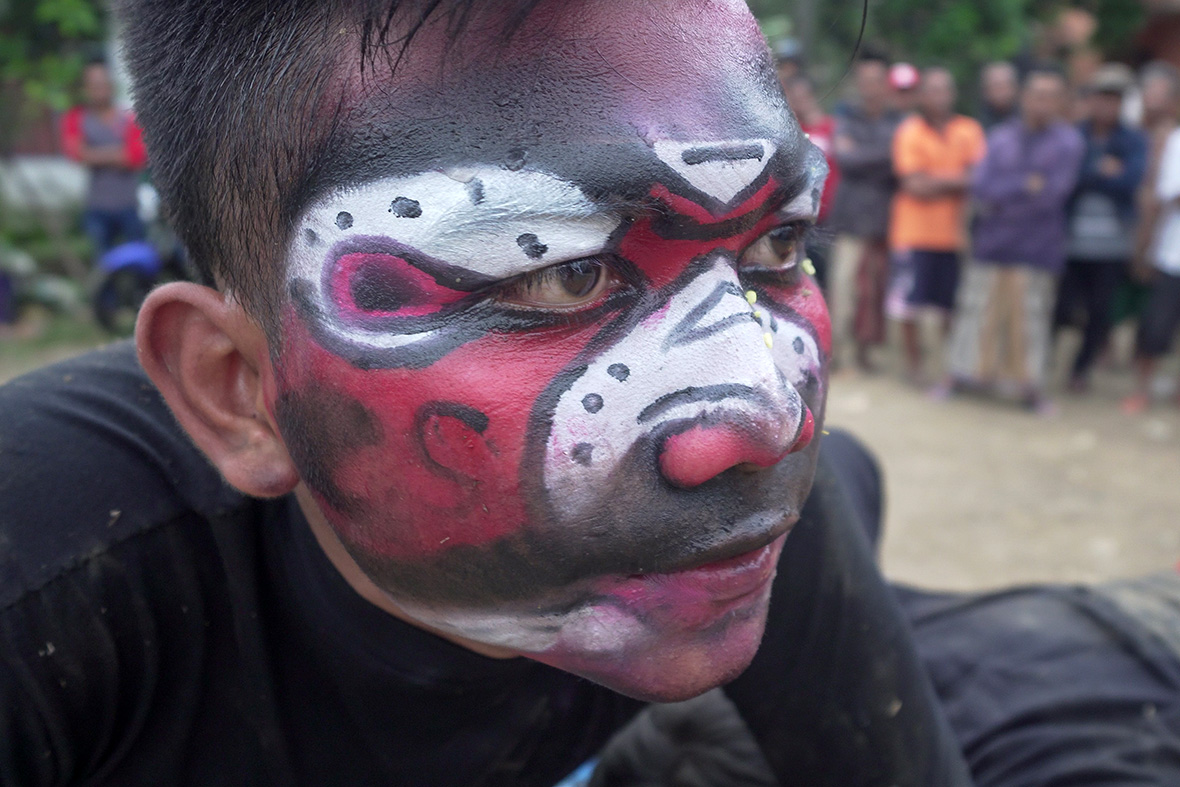
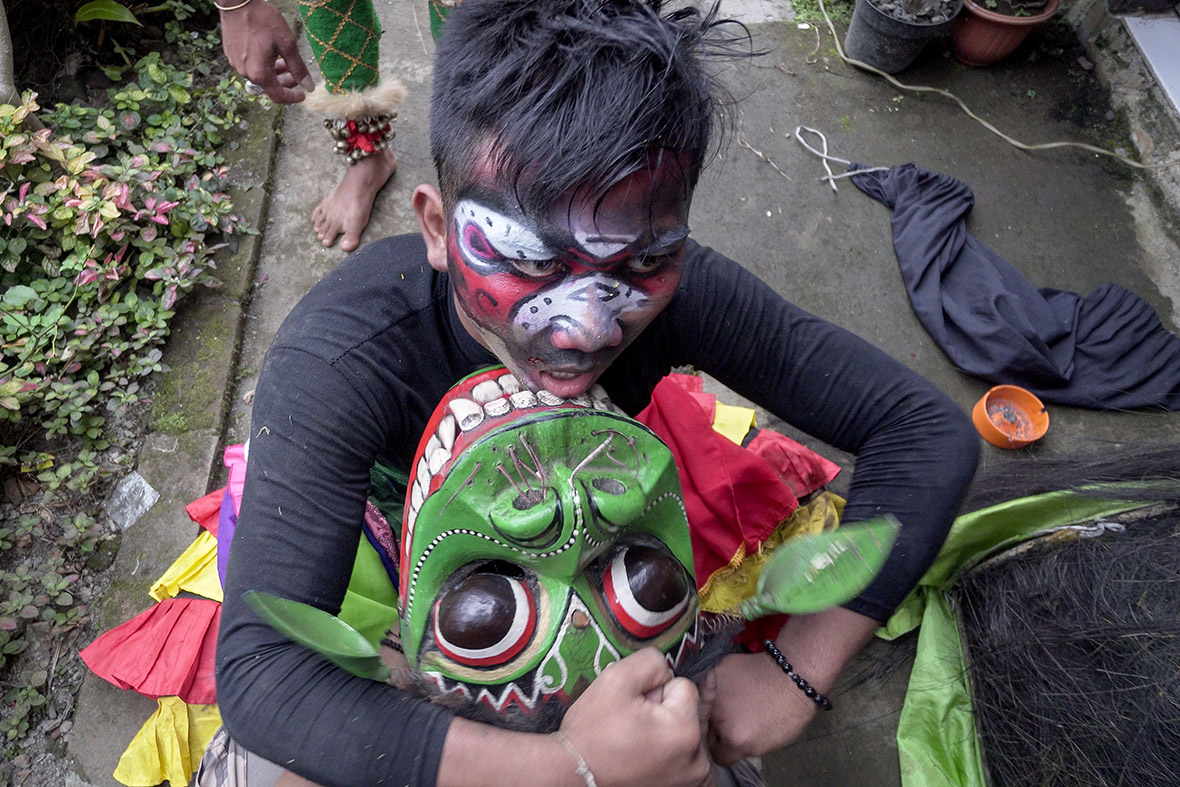
“He feels the spiritual satisfaction, which means his heart is close to God,” Sarwo Edi says.
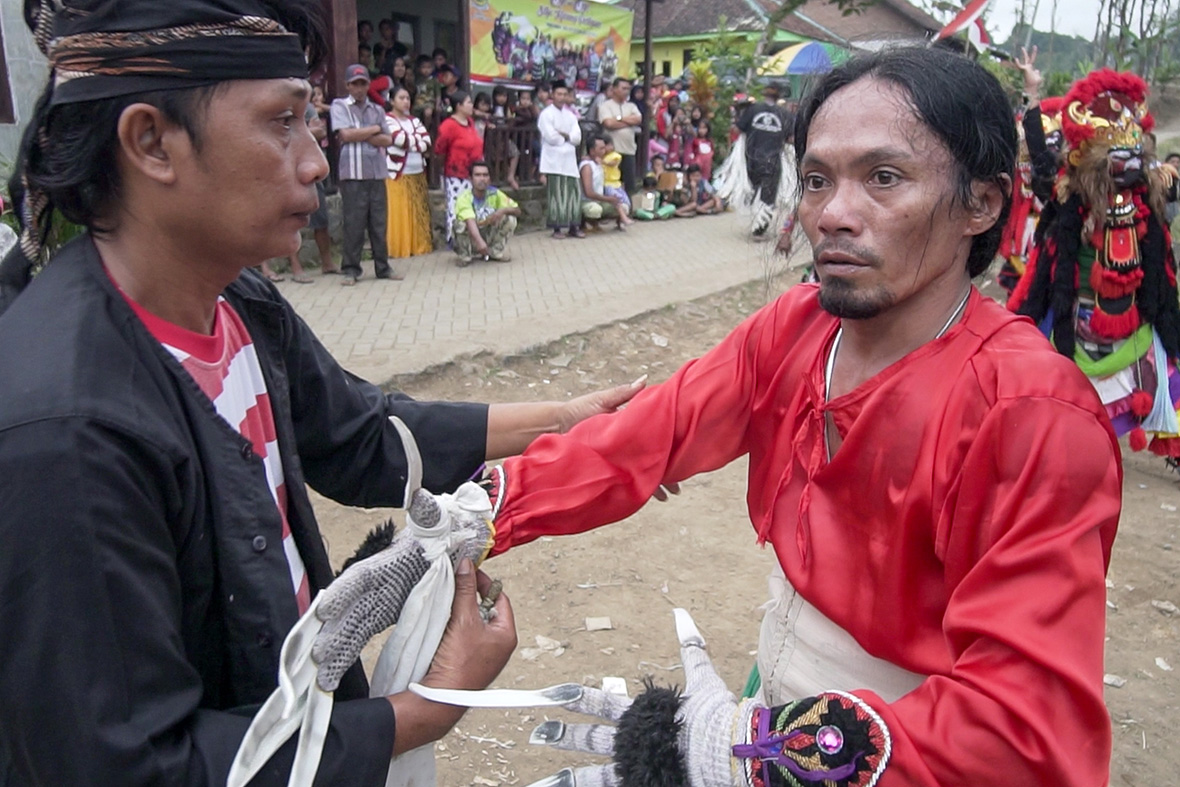
As the ceremony ends, locals begin packing up the barong masks and gamelan instruments. For himself, Sarwo says, “There is pride for the practitioner where he can hold this long-aged tradition.”


